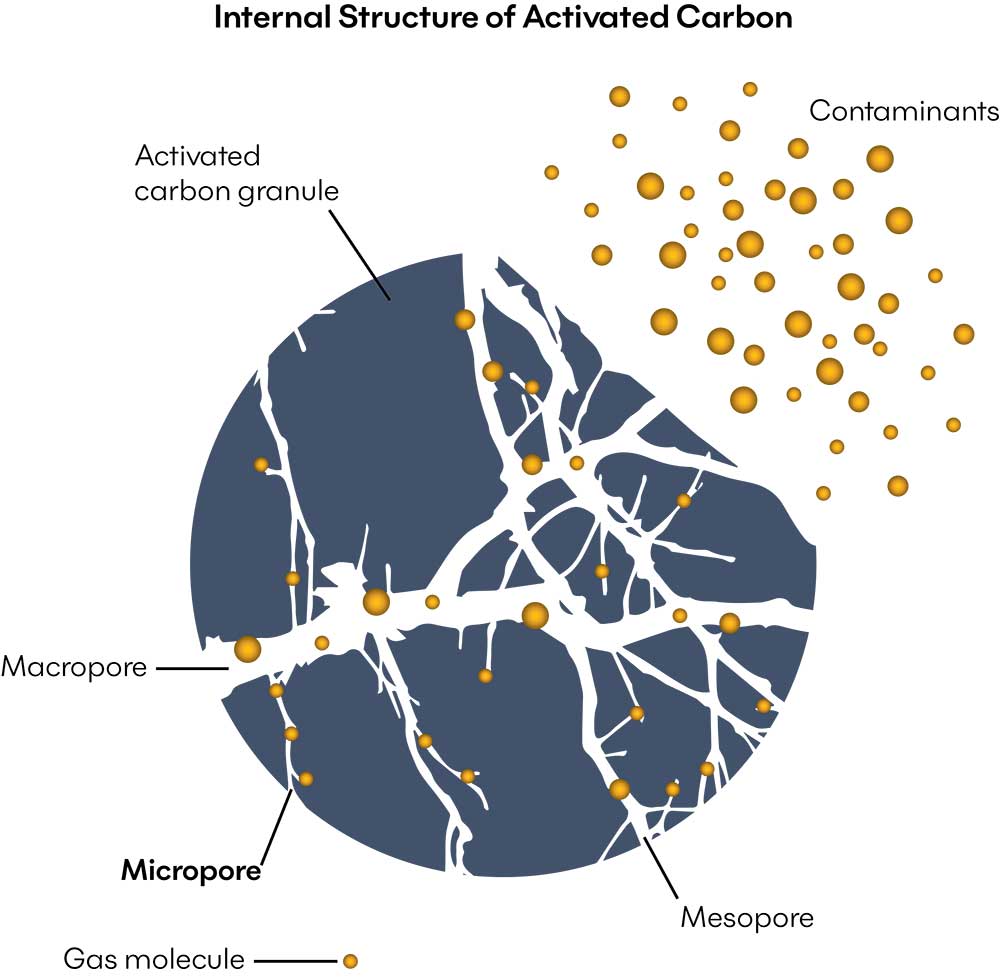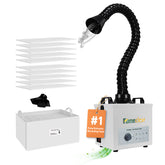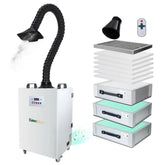✈ Free Shipping for US Orders and Ship from US
FC-350 Laser Fume Extractor
Popular Products
- From $231.20 USD
$289.99 USD- From $231.20 USD
- Unit price
- / per
- $699.99 USD
$1,159.99 USD- $699.99 USD
- Unit price
- / per
- From $335.20 USD
$699.00 USD- From $335.20 USD
- Unit price
- / per
-
2002-Light Grey
-
Black-FC-2002A fume extractor with exhaust
FC-350 Laser Fume Extractor
Popular Products
- From $231.20 USD
$289.99 USD- From $231.20 USD
- Unit price
- / per
- $699.99 USD
$1,159.99 USD- $699.99 USD
- Unit price
- / per
- From $335.20 USD
$699.00 USD- From $335.20 USD
- Unit price
- / per
-
2002-Light Grey
-
Black-FC-2002A fume extractor with exhaust
Solder Fume Extractors
Soldering/Hand Soldering/Soldering/Soldering Pot
Soldering connects metal parts together under the action of high temperature to form a strong welding street. Smoke and gases are by-products of this process. These are collectively known as solder fumes. Solder produces nitrogen oxides, carbon monoxide, ozone, volatile organic compounds and particulate matter. These substances may cause dizziness, nausea, difficulty breathing and other discomforts after inhalation, and long-term exposure may cause harm to health.
Fumeclear's three-stage high-efficiency filtration unit improves indoor air quality by capturing smoke directly at the source and recirculating purified, clean air back to the work environment. A simple dust collector is not enough. You need a comprehensive solder fume removal solution. Great for soldering as well as soldering.
Systems Starting at $299
|
|
|
Fumeclear® FC-100A |
Fumeclear® FC-150 |
 |
 |
Fumeclear®FC-1001A |
Fumeclear®XL-1002A |
 |
 |
Fumeclear®FC-2001 |
Fumeclear®FC-2002 |
 |
 |
Fumeclear®FC-2003 |
Fumeclear®FC-2004 |
 |
 |
Fumeclear®FC-3001 |
Fumeclear®FC-3002 |
The components of welding fume:
1. Metal gas:
When the welding arc heats to high temperatures, the metal in the welding material (such as welding wire or electrode) vaporizes to form metallic gas. The composition of these metal gases depends on the composition of the welding material, but usually includes nitrogen, hydrogen, oxygen, carbon monoxide, oxides, etc. Due to their small diameter, individual dust particles are invisible to the naked eye, but can often be seen as high concentrations of smoke. Breathing dust can penetrate deep into the lungs and increase health risks. However, high-quality, performance-tested HEPA filters can remove breathable dust from the air, making the air safe to breathe. Fumeclear uses high-performance HEPA filters, tested to be 99.98% efficient @ 0.3 microns. This means it can remove 99.98% of the most aerodynamically penetrating particles (known to be 0.3 microns), while smaller and larger particles can be captured even more effectively.

2. Volatile Organic Compounds / VOCs:
Volatile Organic Compounds, also known as VOCs, are the gaseous component of the contaminants emitted during the laser vaporization of most materials. Sustained exposure to high concentrations of VOCs is a health risk. Most VOC molecules will physically bond to the activated carbon’s network of microscopic pores. This is called adsorption. Some other VOCs require alternative chemical treatments to deactivate them. Fumeclear blend of both high-performance activated carbon adsorption media and potassium permanganate chemical treatment media offers the broadest range of laser VOC protection available.

3. Metal oxides:
The metal vapor and gas generated during the welding process oxidize with oxygen in the air to form various metal oxide particles, such as iron oxide, zinc oxide, copper oxide, etc.
4. Flux and coating residues:
Flux, paint or cleaning agents used in the welding process may produce smoke at high temperatures and remain in the smoke.
5. Other pollutants:
Other pollutants may be produced during the welding process, such as nitrogen oxides, sulfides, fluorides, etc. These pollutants may be components of the welding material itself or pollutants from the environment.
Activated carbon is very porous. Three types of pores exist in activated carbon. These pores capture and retain contaminants within them.
- Micropores: the radius is smaller than 1 nanometer (best for gas molecules).
- Mesopores: the radius is 1-25 nanometers
- Macropores: the radius is larger than 25 nanometers
Carbon types with a high proportion of micropores are best for adsorbing gas molecules. We use coconut shell-activated carbon which has the highest micropore content.
- Choosing a selection results in a full page refresh.































